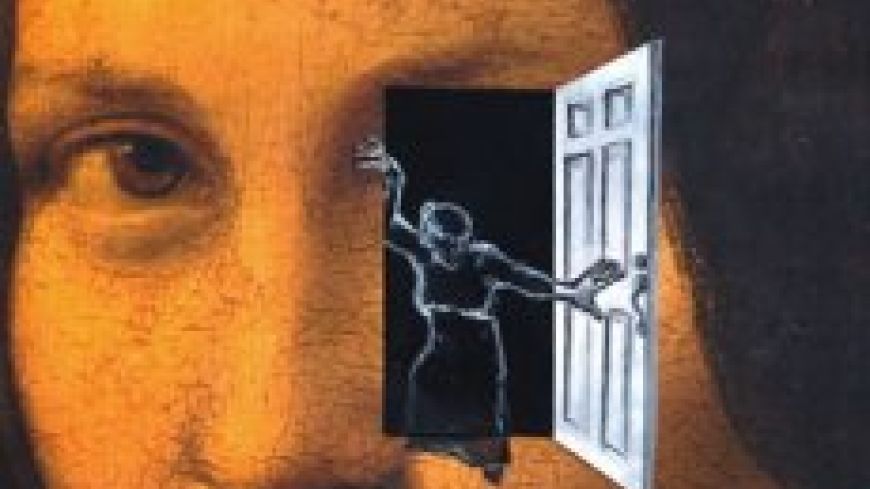
The American short story, "The Yellow Wallpaper" by Charlotte Perkins Gilman was first published in 1892 in the New England Magazine and now regarded as a prime work of feminist fiction. The first person narrator, an unnamed young woman, presents a personal memoir of her nervous breakdown suffering from post-natal depression.
Her husband John is a doctor who orders her to rest without any physical or mental activity. She is not allowed to read, write, or see her baby. To help her recuperate they have moved to an old house in the country where she sleeps in a former nursery decorated with yellow wallpaper.
The twenty page story has been adapted and dramatised by Tana Sirois and Connie Brice into a one hour play, featuring "Charlotte" (the mother has been named), John and his sister Jennie. In the tiny black box theatre of C Soco, the rather claustrophobic space is the ideal setting for the nursery with its single bed, a crib and a back wall screen covered in sickly yellow patterned wallpaper.
Charlotte (Helen Foster), wearing a Victorian bustle dress, begins the story describing her predicament of virtual imprisonment by her husband. With poor, melodramatic direction, Foster simply walks backwards and forwards looking sad, occasionally sitting on the bed then standing up again, with long silences, both movement and speech taken at a snail's pace. Her accent is RP English, (she even resembles Princess Eugenie) and it's all very upper middle-class Home Counties - far removed from Gilman territory.
There are occasional appearances by Jennie, holding a swaddled baby, and John, who chastises his wife in sombre tones. Ed Croft is too young for the role, lacking confidence and maturity. Half way through the play, there are moments of theatrical inspiration: Charlotte strips off her dress down to white petticoat and camisole, slowly showing signs of her vulnerability and mental state verging on hysteria. The music sound track (a hauntingly mournful aria by Lisa Gerrard), flash spot lights and ghostly shadows all add a menacing ambience.
This is an ambitious project for these young actors and production team, most of whom are recent graduates from Liverpool Institute of Performing Arts. Unfortunately the direction and acting skills are not sufficiently accomplished to tackle the story's subtext on marriage, women's oppression, and the disturbed, psychological state of mind of Gilman's heroine.
Times: 5-31 August, 11.40am.

